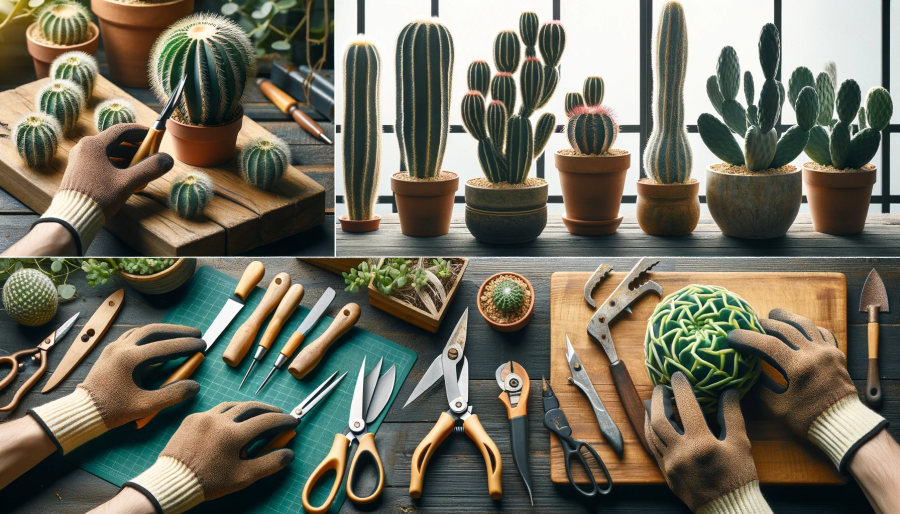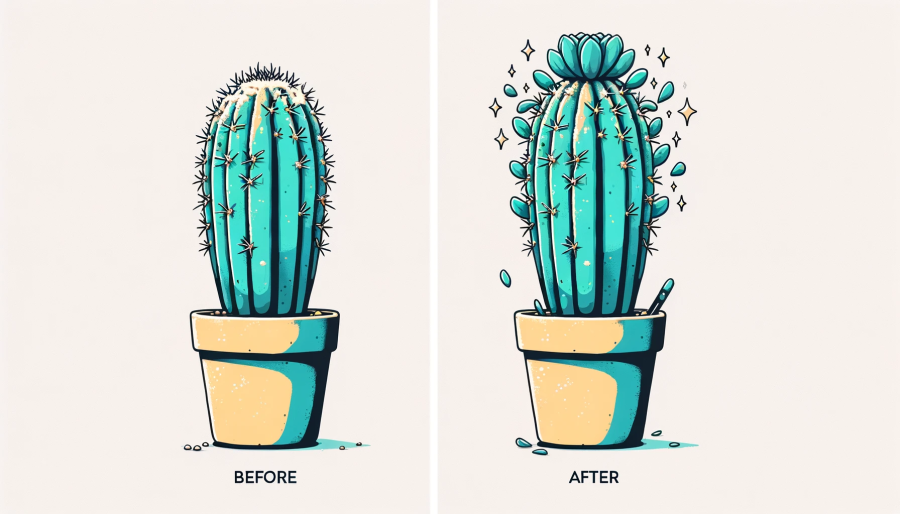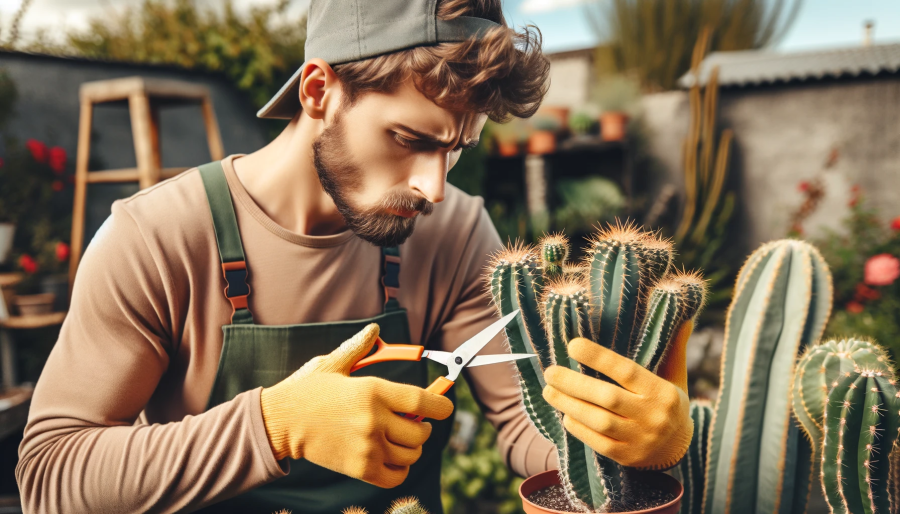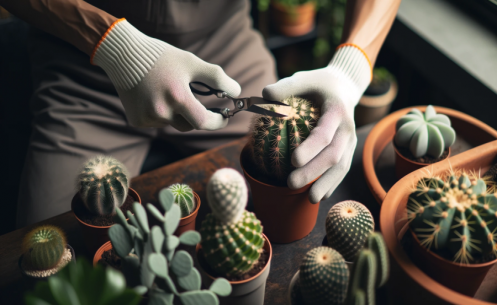Cacti, with their unique charm and surprising variety, are a beautiful addition to any plant collection. But even these tough desert dwellers need a little TLC from time to time, and that's where pruning comes into play. In this article, we delve into the do's and don'ts of cactus pruning, so your spiky friends can look their best and stay healthy.
Why Do We Prune Cacti?
Health and Aesthetics Go Hand in Hand
Pruning isn't just a matter of aesthetics; it's crucial for the health of your cactus. By removing dead or diseased parts, you encourage new growth and prevent the spread of diseases. Additionally, a well-trimmed cactus can absorb light more efficiently, which is essential for their well-being.

When Is the Best Time to Prune Cacti?
Timing is Everything
The best time to prune your cactus is in late spring or early summer when the plant is actively growing. This allows the pruning wounds to heal quickly, reducing the risk of infections. Watch for signs such as excessive growth or dead segments, indicating it's time for a trim.
Check out our Cactus growkits
How to Prepare for Pruning Cacti?
Tools and Safety First
| Requirements | Description |
|---|---|
| Pruning Shears | Ensure sharp and clean pruning shears to make neat cuts. |
| Gardening Gloves | Wear thick gloves to protect your hands from spines. |
| Disinfectant | Clean your tools before and after pruning to prevent disease transmission. |
Safety comes first when handling cacti. Always use gloves and keep your tools clean to keep your plants healthy.
Step-by-Step Guide to Pruning Cacti
- Inspect your cactus carefully and determine which parts need pruning.
- Disinfect your pruning tools to prevent disease spread.
- Make clean, slanted cuts close to the base of the segment to be removed to minimize water accumulation.
- Treat the cuts with a fungicide to promote healing and prevent infections.
Repeat these steps carefully for each cactus in your collection, and remember that less is more. The goal is to improve the health and shape of your cactus, not to drastically alter it.
Aftercare for Your Cactus After Pruning
Love and Patience
After pruning, it's important to provide proper aftercare for your cactus. Limit watering immediately after pruning to reduce the risk of root rot and place your cactus in a bright but not directly sunlit spot to promote healing.

Common Problems and Solutions After Pruning
A Proactive Approach
Sometimes, a cactus may show signs of stress after pruning, such as discoloration or wilting. This is often a temporary reaction. However, if you notice signs of infection or severe damage, it's important to act quickly with proper care and possibly a fungicide treatment.
Advanced Tips: Cactus Propagation and Multiplication
From Pruning Waste to New Plants
An additional benefit of pruning your cactus is the opportunity to use the pruning waste for propagation. Allow the cut parts to dry for a few days, then plant them in suitable cactus soil to grow new cacti.
Frequently Asked Questions
-
How often should I prune my cactus?
- This depends on the growth rate and specific needs of your cactus. Generally, once a year is sufficient.
-
Can I prune any cactus?
- Most cacti can be pruned, but the method may vary depending on the species. Always research your specific cactus species before pruning.
Conclusion
Pruning cacti is an art and science that, when done correctly, can lead to healthier, more beautiful plants. By following the steps in this guide, you can confidently prune your cacti and enjoy their unique beauty in your home or garden.

Key Insights
| Key Points | Summary |
|---|---|
| Best pruning time | Late spring to early summer |
| Tools and safety | Use clean, sharp tools and wear protective gloves |
| Pruning technique | Make clean, slanted cuts and treat the wounds |
| Aftercare | Limit watering and avoid direct sunlight after pruning |
| Propagation | Use pruning waste to grow new cacti |


